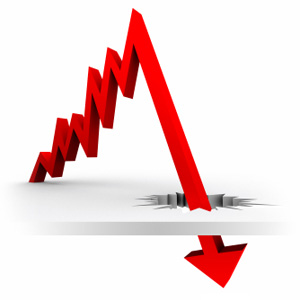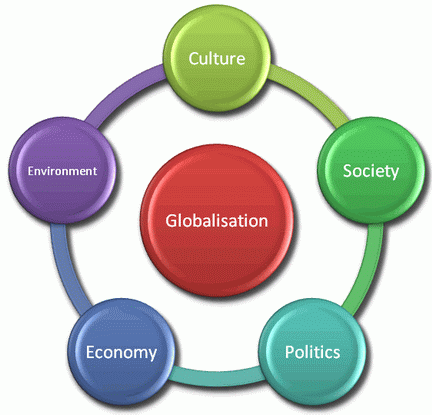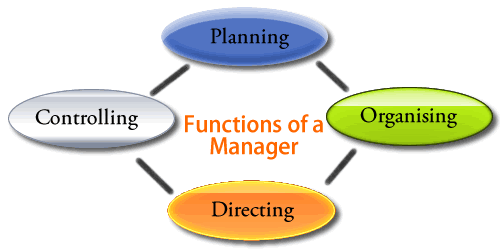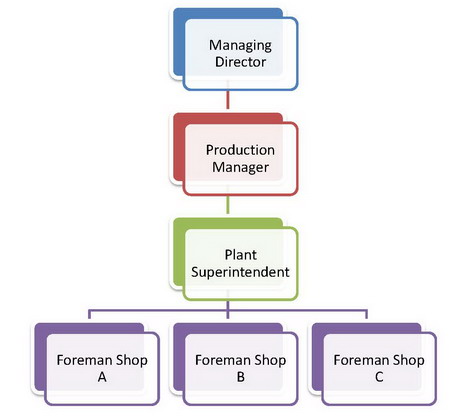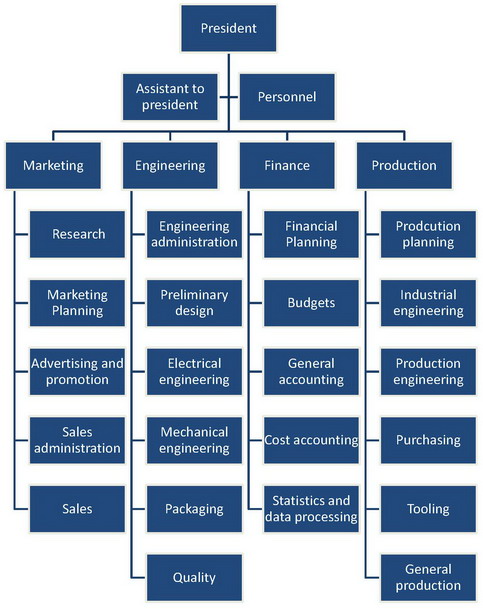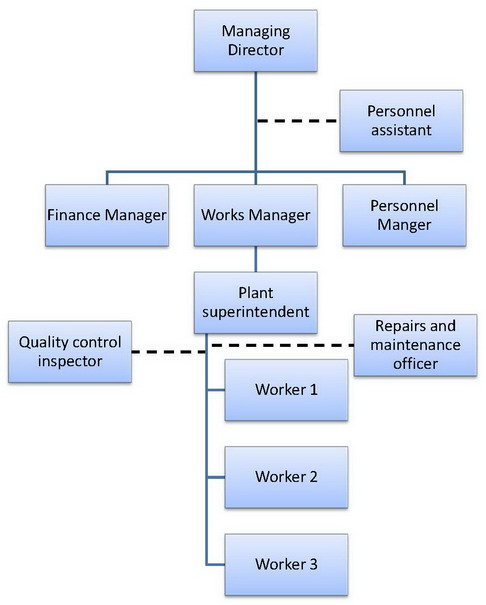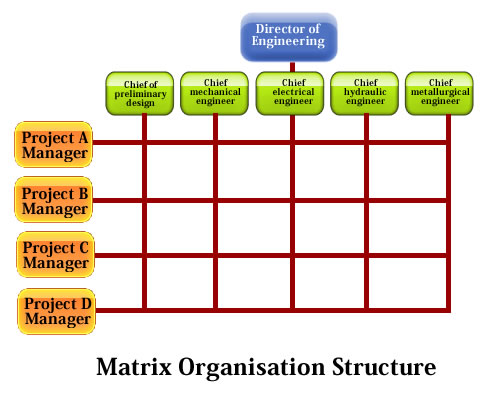External environment factors
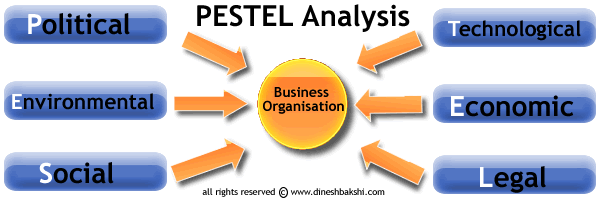
PESTEL analysis stands for "Political, Economic, Social, and
Technological, Environmental and Legal analysis". It is a part of the
external analysis when conducting a strategic analysis or doing market
research and gives a certain overview of the different
macroenvironmental factors that the company has to take into
consideration.
Political factors, or how and to what degree a
government intervenes in the economy. Specifically, political factors
include areas such as tax policy, labour law, environmental law, trade
restrictions, tariffs, and political stability. Political factors may
also include goods and services which the government wants to provide or
be provided (merit goods) and those that the government does not want
to be provided (demerit goods or merit bads). Furthermore, governments
have great influence on the health, education, and infrastructure of a
nation.
Economic factors include economic
growth, interest rates, exchange rates and the inflation rate. These
factors have major impacts on how businesses operate and make decisions.
For example, interest rates affect a firm's cost of capital and
therefore to what extent a business grows and expands. Exchange rates
affect the costs of exporting goods and the supply and price of imported
goods in an economy
Social factors include the
cultural aspects and include health consciousness, population growth
rate, age distribution, career attitudes and emphasis on safety. Trends
in social factors affect the demand for a company's products and how
that company operates. For example, an ageing population may imply a
smaller and less-willing workforce (thus increasing the cost of labor).
Furthermore, companies may change various management strategies to adapt
to these social trends (such as recruiting older workers).
Technological factors
include ecological and environmental aspects, such as R&D activity,
automation, technology incentives and the rate of technological change.
They can determine barriers to entry, minimum efficient production
level and influence outsourcing decisions. Furthermore, technological
shifts can affect costs, quality, and lead to innovation.
Environmental factors include weather, climate, and
climate change, which may especially affect industries such as tourism,
farming, and insurance.Furthermore, growing awareness to climate change
is affecting how companies operate and the products they offer--it is
both creating new markets and diminishing or destroying existing ones.
Legal factors include discrimination law, consumer
law, antitrust law, employment law, and health and safety law. These
factors can affect how a company operates, its costs, and the demand for
its products.









